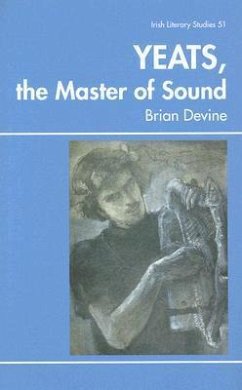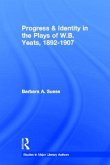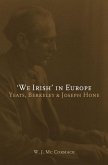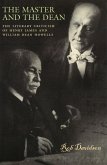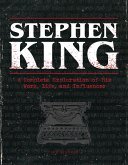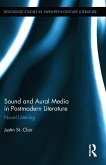In 1922, James Stephens said: "we shall talk like Irishmen, or we are done for--we shall think like Europeans, or we are done for." In 1948, a later poet and critic, Robert Farren, recognized that Yeats had achieved at least one of those conditions when he said that he had "brought the Irishman's voice--its inflections, cadences and idioms - into verse." The Irish brogue has often been considered as merely an ornamental adjunct to speech without any realization of its value to poetry written in Ireland. But since poetic forms are based on the usual speech patterns of a country--its everyday talk--then the crucial significance of the patterns of Irish speech to the rhythms of poetry should be identified and explained. Yeats, the Master of Sound is such a study. The author traces Irish speech rhythms back to Gaelic and, in this context, explains what Irish poets owe to their local accent--Heaney, in particular, has acknowledged such a debt. Using the American poet Robert Frost's concept of the "sound of sense" as a key, Dr. Devine explores the rhythms of Anglo-Irish poetry and their stating of a formalized emotion through such traditions as the amhran (Irish song metre) and the ancient method of singing known as sean-nos. Yeats was to build on these connected influences, adding a theatrically defiant tone to patterns of assonance and rhyme to attain an "elaborate rhythm"--again a concept and practice derived from the Gaelic. This book shows how the Irish speaking voice is in thrall to a language which has endured for over 2,000 years and which, by its shaping of the rhythms of that voice, continues to influence those of the island's poets who write in English today.

